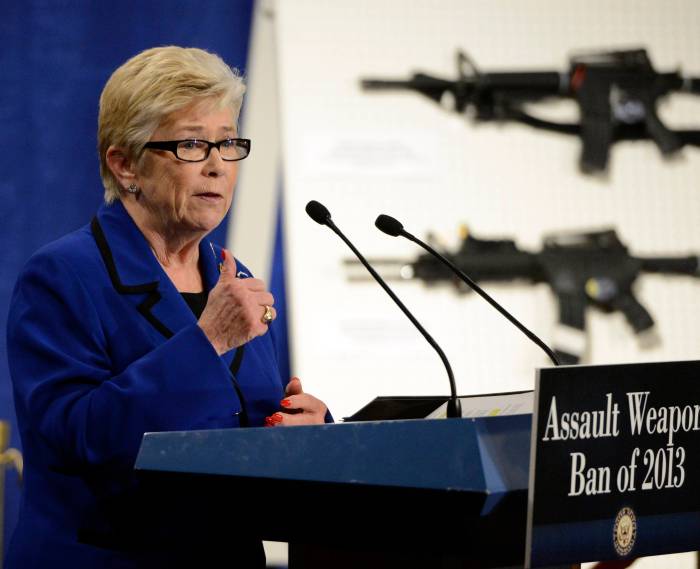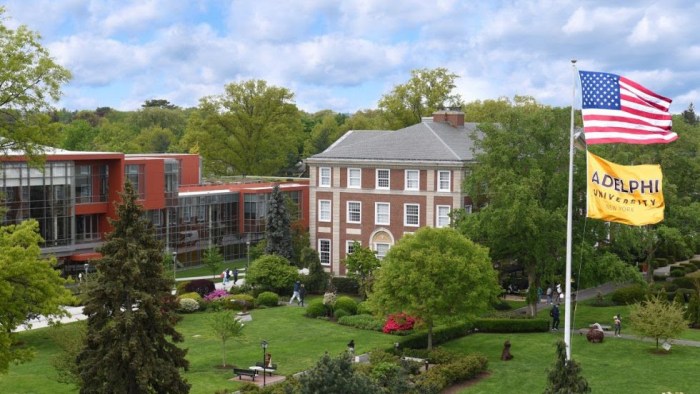After a summer hiatus, the Environmental Advisory Board (EAB) gathered last Wednesday for the first meeting of the fall to discuss the status of the soil remediation project at a former Garden City gas plant site, as well as quality of life issues relating to aircraft noise and the replacement of village trees after damage incurred as a result of Hurricane Irene.
The EAB, led by Village Trustee and Chairman Laurence Quinn, initiated a discussion on the recent public information session held on Sept. 22 at Hofstra University in Hempstead. The meeting offered an opportunity for the community to ask questions about the details of the ongoing on-site off-site soil remediation project, including an overall project update for the former Hempstead Intersection Street Manufactured Gas Plant (MGP) site and associated off-site groundwater plume.
The 8-acre site is situated on the border of the Villages of Garden City and Hempstead in central Nassau County, with most of the land located in Garden City. According to the New York State Department of Environmental Conservation (NYSDEC), from the early 1900s and 1950s, a large MGP was operated on the site. The plant used coal and petroleum products to create a flammable gas, which was piped to surrounding communities, similar to how natural gas is used today. “The MGP generated an oily liquid waste known as “coal tar,” which has affected the subsurface soils and the groundwater,” according to NYSDEC.
In 2008, National Grid completed a major Interim Remedial Measure on the site and removed approximately 7,000 tons of contaminated soil (290 truckloads) from four different areas on the property. In 2010/2011, two groundwater oxygenation systems were installed to help remediate the off-site dissolved phase groundwater plume, according to the NYSDC.
EAB Board member Leo Stimmler attended the information session and reported back on the safety of the local environment as the soil remediation project continues. “They said the water is safe, they said the air is safe and they mentioned that they took out the 7,000 tons of coal tar,” Stimmler reported. Department of Public Works Director Robert Mangan stated that the soil removal in the Garden City area has been completed.
The subject of trees was broached when Trustee Quinn informed the board that a resident recently asked to save a historic 100-year-old Cedar of Lebanon tree located on the DoubleDay property on Franklin, which is currently being developed. Mangan said the developers would modify their plans to conserve the tree.
Quinn publicly acknowledged Mangan and the crew of Department of Public Works for the “great job” that the crew did on cleaning up the village after Hurricane Irene. Quinn said he was concerned that 129 village street trees and 40-plus private property trees came down after the storm. “At some point, you’ll probably hear that I would like to make sure that the tree replacement budget is a little nicer than it was in the last two or three years because we have a number of substantial trees that went down that I would like to see replaced with nice trees,” Quinn said. “Some of these trees were gorgeous,” he added.
As the village’s environmental advisory committee, Quinn announced that he would like the board to push some initiatives forward in the future and said he would like to consider replanting all of lost trees.
“I want to be able to say that as a group there is one of two concerns that we are able to push and get resolved,” Quinn said. Stimmler agreed that increasing the tree budget from last year’s amount of $40,000 was necessary. Mangan clarified that the cost to replace one tree can run approximately $300.
In aircraft news, Quinn explained that representatives from Garden City and various local communities being affected by aircraft noise will meet at The New York Terminal Radar Approach Control (TRACON) Center in Westbury this week.
Quinn indicated that there are several issues that officials may address at the meeting. He anticipated one issue would be a response from the Port Authority and the FAA on how they will handle complaints. “They are going to basically say they are going to talk to each other on a regular basis,” Quinn said.
Other concerns that may be addressed are the standard operating procedures that are currently followed, including what the minimum safe altitude for aircraft flying over Long Island is and what the actual flight paths are. “We’re probably taking less of a tact with noise, not that noise is not an issue but that noise is very hard to address and we’re not getting much success with noise, but that the altitude is much easier to address,” Quinn said.
One board member asked how low the altitude would have to be for an aircraft to be in danger of a bird strike. “Ninety-eight percent of geese strike instances happen below 2,500 feet. We have two separate reports, one from 2010, that indicate that,” Quinn replied. “They are up there. The ‘miracle on the Hudson’ is an example of when geese fly into the planes,” Quinn said.
The next EAB meeting will be held on Wednesday, Oct. 26 at Village Hall.































